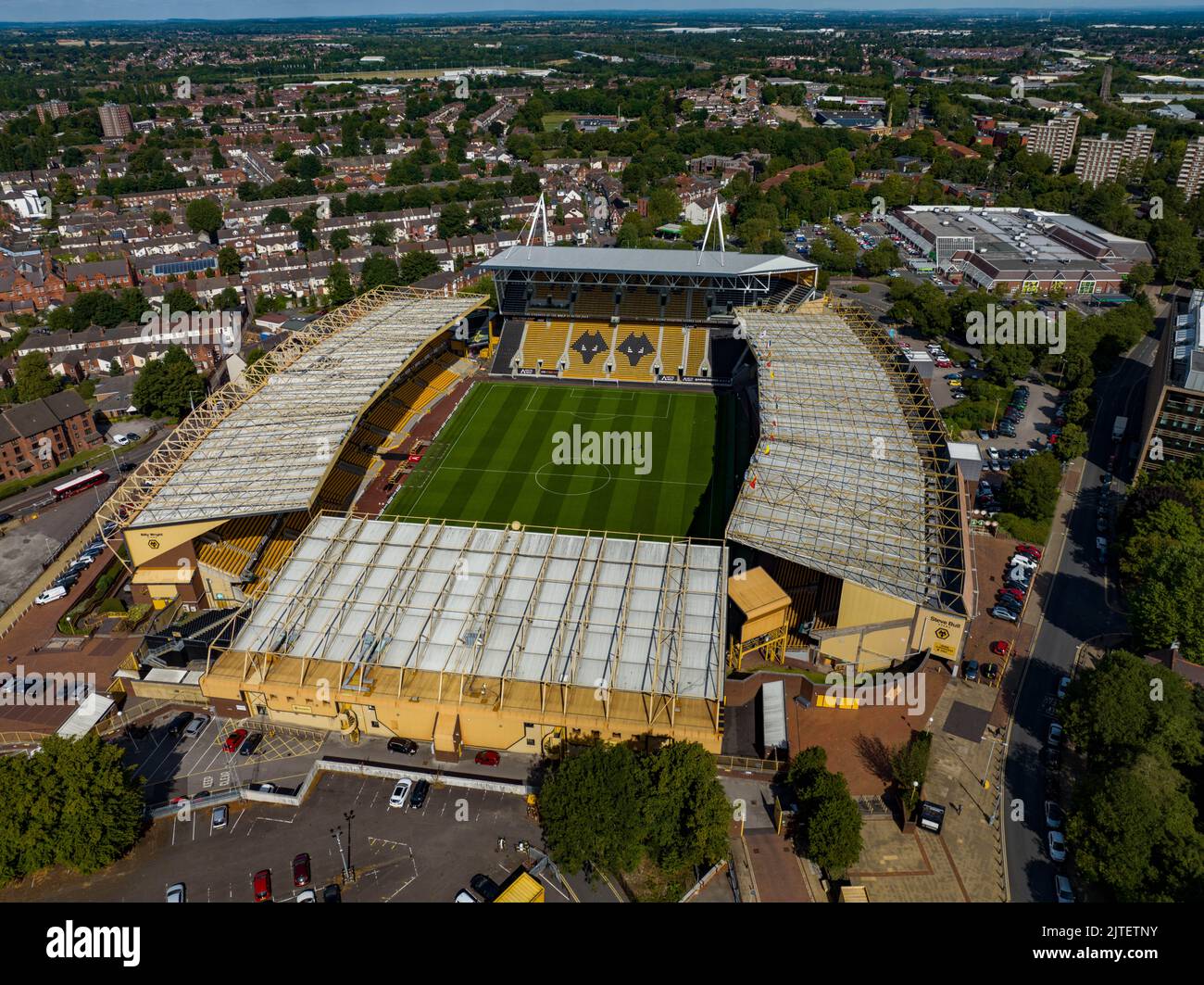
The Importance of Transylvania
Transylvania, a historical region located in central Romania, is not only famed for its breathtaking landscapes but also its rich cultural heritage and folklore. Known as the homeland of Dracula, this region draws visitors from around the globe, eager to explore its dramatic castles, Medieval towns, and the vibrant traditions that have persisted through centuries. With tourism rebounding in the post-pandemic world, Transylvania is finding itself in the spotlight as a major European travel destination.
Key Attractions in Transylvania
One of the biggest draws of Transylvania is the iconic Bran Castle, often referred to as “Dracula’s Castle.” This fortress is perched on a hill and attracts thousands of tourists annually who are fascinated by the legends associated with Count Dracula. Beyond Bran, the medieval city of Sibiu and the fortified church of Biertan offer a glimpse into the region’s Teutonic history and architectural marvels.
The Carpathian Mountains provide an ideal backdrop for nature enthusiasts, offering opportunities for hiking, wildlife watching, and exploring the stunning scenery. The Piatra Craiului National Park is a part of this mountain range and is known for its unique biodiversity and breathtaking views. The picturesque landscapes are complemented by a rich cultural tapestry of festivals, music, and culinary events reflecting the region’s heritage.
Recent Events and Tourism Trends
Recent years have shown a significant increase in sustainable tourism initiatives in Transylvania. Organisations are working to promote eco-friendly travel and preserve the natural environment. Events like the Transylvanian International Film Festival highlight local talent in the arts, further boosting tourism and economic growth in the area.
Conclusion: The Future of Transylvania
Transylvania’s unique blend of history, folklore, and natural beauty makes it a captivating destination for travelers. As sustainable tourism continues to gain traction, it is likely that more visitors will be drawn to Transylvania’s rich offerings. With its ongoing development in hospitality and adventure tourism, Transylvania is set to stand as a key player on the European travel map, suggesting a promising future for the region’s economy and cultural preservation.
You may also like

Exploring Monmouth: History, Attractions and Community

Exploring Wolverhampton: A Gateway to Culture and History
